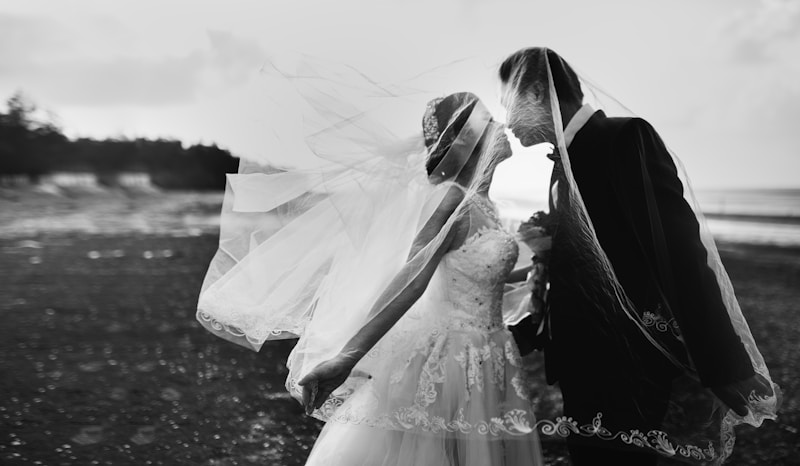Understanding Garter Regulations and Customs: A Comprehensive Guide
The world of garters is steeped in tradition, regulations, and customs that vary widely from country to country. Whether you're planning a wedding, attending a formal event, or simply interested in historical attire, understanding the nuances of garter regulations and customs can enhance your experience. In this article, we will explore the different aspects of garters, their significance, and the customs associated with them across various cultures.
The History of Garters
Garters date back to the Middle Ages, often used as functional clothing to hold up stockings. They were typically made from lace or silk and were often adorned with intricate designs. Over the centuries, the garter evolved from a practical accessory to a symbol of status, romance, and tradition.
The Significance of Garters Today
Today, garters are often associated with weddings and formal occasions. In many cultures, the garter toss is a popular wedding tradition where the groom throws the garter into a crowd of single men, similar to the bouquet toss for women. This custom is not only a fun aspect of the celebration but also carries symbolic meaning regarding good luck and future relationships.
Regional Differences in Garter Customs
Garter customs can significantly differ across regions. Here is a brief overview of some unique practices:
| Region | Customs |
| United States | The groom tosses the garter to male guests, indicating the next to marry. |
| United Kingdom | Wearing a garter is part of a bride's outfit, symbolizing her commitment. |
| France | A bride may toss a garter as part of a lighthearted celebration during the reception. |
Garter Regulations in Weddings
While the symbolism and customs vary, certain regulations often accompany garter usage, especially in wedding ceremonies. It's essential for both brides and grooms to be aware of these traditions to honor cultural significance fully.
Wearing the Garter
In many cultures, the bride wears the garter above the knee, often under her wedding dress. The choice of fabric, color, and embellishments can reflect personal style and cultural heritage. Here are some general regulations regarding garter wearing:
- Color: Traditionally, blue has been considered a symbol of fidelity and often included in the garter's design.
- Materials: Silks and satins are popular materials for garters, often complemented with lace.
- Design: Many brides choose custom designs that represent their personality or include personal items like a charm or memento.
Garter Toss Tradition
The garter toss is a lively part of many wedding receptions. The groom removes the garter from the bride's leg and tosses it to the single men present. The man who catches it is said to be the next in line to marry, a tradition that dates back centuries. Here are some points to consider:
- Timing: The garter toss typically occurs after the bouquet toss, adding excitement to the evening.
- Attire: The groom may choose to wear a suit or tuxedo, while the bride should ensure her attire allows for the toss.
- Customization: Many couples add personalized touches to the garter toss, such as music or playful commentary.

Common Questions About Garter Regulations and Customs
What materials are garters typically made from?
Garters are often constructed of various materials, including silk, satin, lace, and other fabrics. The choice of material can greatly affect the overall aesthetic and comfort during a wedding or event.
Can I create a custom garter for my wedding?
Absolutely! Many brides opt for custom garters that suit their style and personality. Whether it's choosing specific colors, patterns or adding personal items, custom garters can enhance the bridal ensemble.
What is the significance of the color blue in garters?
The color blue has long been associated with fidelity and love in wedding traditions. Incorporating blue into the garter serves as a reminder of the bride's vow to be faithful to her partner.
Conclusion
Understanding garter regulations and customs is essential for anyone involved in weddings or formal events. These traditions are rich in history and vary widely across cultures, showcasing the beautiful diversity of human experiences. When participating in or planning an event that includes garters, embracing these customs can add depth and meaning to the occasion.
When selecting or wearing a garter, consider the traditional significance, local customs, and personal preferences. Whether you're throwing or receiving the garter, remember that the essence of these traditions lies in love, commitment, and celebration. Happy planning!